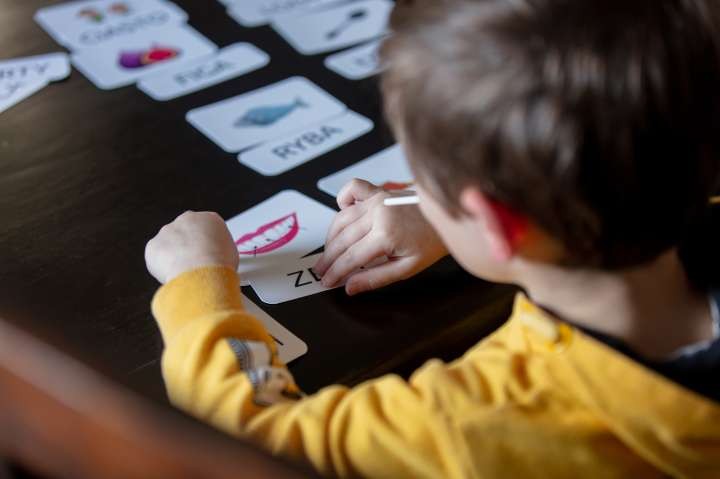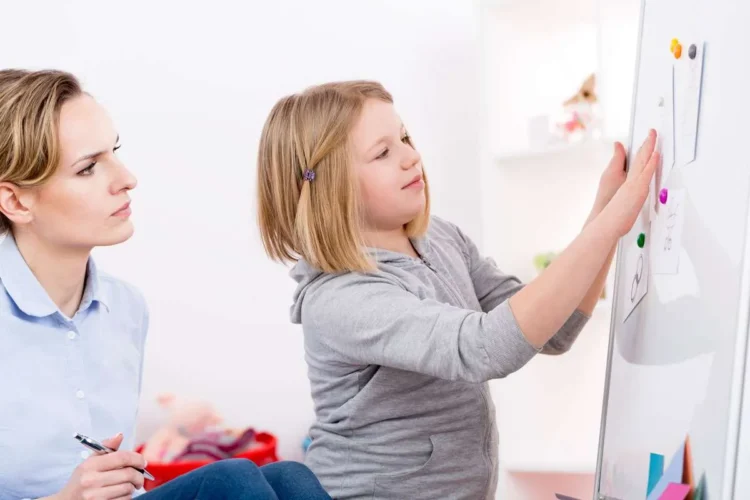For as long as we can remember, society has shunned individuals with learning deficiencies as people who cannot be dealt with. But psychologists have always been fascinated by human behavior and the development process of a person, from a babbling toddler to a grown adult capable of conversation, articulation, and critical thinking. So the people society had shunned were sources of knowledge and information for psychologists and researchers.
In pursuing such knowledge, researchers in the late 1900s found that if you reward a particular positive behavior, children who face developmental issues find it easier to learn that behavior or develop that specific skill. Positive reinforcement helps them tackle their problematic habits by creating new patterns, which are rewarded consistently.
The Foundation of ABA Therapy

The whole concept behind the positive reinforcement theory is not new, and we often use the same technique in our daily life to develop and enforce new habits. For example, reward a child with their favorite dinner for scoring good grades on their tests, or treat yourself with a pair of shoes for accomplishing something. Since we are all walking testimonies that positive reinforcement does work, researchers have used this idea to lay out the basis for Applied Behavior Analysis therapy (ABA).
So what does ABA therapy do? It helps people improve their communication, learning, and social skills through different learning and reinforcement strategies. People tend to consider ABA therapy an excellent treatment for kids on the autism spectrum or who face any other kind of developmental issues. But ABA therapy can also help improve several other conditions, including:
- Dementia
- Eating disorders
- Substance use disorder
- Obsessive Compulsive Disorder (OCD)
- Panic disorder
- Phobias
- Anxiety
- Anger issues
- Personality disorders
- Cognitive impairment after injuries
How do ABA Treatments work?

An ABA treatment plan consists of several phases, allowing the therapist to tailor each session and technique to the patient’s needs. The steps in each treatment plan include the following:
1. Therapist consultation and patient assessment
The first step in the process is to find a therapist who is an expert in ABA therapy and consult with them. The consultation process, also known as Functional Behavior Assessment (FBA), will allow the therapist to assess the child’s abilities and strengths. It will help them conclude the issues and challenges, which will help during the treatment process.
During this period, the therapist will interact with the child and note their behavior, skills, and communication levels. Sometimes, a therapist may visit the child’s school or home to assess their performance during everyday activities.
Once the observation period has passed, the therapist will discuss different intervention methods to help and assist your child’s case. They may even suggest integrating particular strategies and practices into your daily routine.
2. Developing a plan
The observation notes during FDA will help the therapist formulate a plan which should address your child’s needs and also address the goals for the treatment. These goals may be concerned with eradicating or reducing harmful or problematic behavior, such as self-harm, tantrums, etc., and include improving other interpersonal skills.
The therapist will then outline strategies for parents, family, teachers, and other caregivers to help achieve these goals. It ensures that all caregivers are on the same page regarding what actions they need to take to ensure the best outcome.

3. Training the caregiver
As mentioned before, providing training to the caregiver is just as important as putting a child through an ABA treatment plan to help overcome their difficulties. In this case, a caregiver’s role is to support and reinforce certain behaviors daily. For this purpose, your ABA therapist will guide you thoroughly regarding strategies to help strengthen any desired behavior. They will also help you understand what techniques are ineffective during training. For example, giving in to the child’s tantrums is counterproductive, but calmly handling the situation to show them they do not need to panic does work.
4. Evaluating the progress frequently
Like every other therapy, reinforcing positive behaviors and skills while diminishing harmful habits is a long-term goal and takes a lot of time and effort. Since your ABA therapist is trying to find the root cause of these behaviors to help the child improve, they may need to change the course of treatment several times. But each time, the therapy plan adapts more and more to the child’s unique needs, bringing them closer to the end goals. The ABA therapist will note the child’s progress with each session and analyze which strategy works best.
Techniques used in ABA therapy

ABA therapy sessions usually occur several times a month and require a varying degree of involvement of caregivers. Some of the most popular techniques used during ABA therapy are:
- Positive reinforcement: The base idea is to reinforce positive behavior by rewarding the child with something they want. For example, promising the child a lollipop for performing a particular activity or rewarding them with something positive when they don’t indulge in unwanted behavior.
- Extinction: Removing anything that encourages the bad habit or behavior while maintaining the goal of diminishing the practice altogether. For example, if your child throws a tantrum for candy, ignoring the behavior will reduce the expectation associated with the behavior, and the child will eventually stop.
- Prompting: This strategy is implemented by teachers, caregivers, and peers while they engage a child in a specific activity. They can prompt the child through their actions, help, or with words which will make the task at hand seem more tangible to the child. For example, you prompt the kid to engage in positive behavior by demonstrating how to put toys away and urging them to do the same by gently asking them repeatedly.
Conclusion
There are controversies surrounding the therapy, especially as some claim that ABA therapy can cure an autistic person altogether. But the reality is that ABA therapy simply reinforces positive behavior with the hope of helping a person diminish the undesirable behavior and overcome the difficulties they face. At the same time, it helps them develop different skills, such as learning, communication, or social skills, which assist them in life.
 Hi Boox Popular Magazine 2024
Hi Boox Popular Magazine 2024



